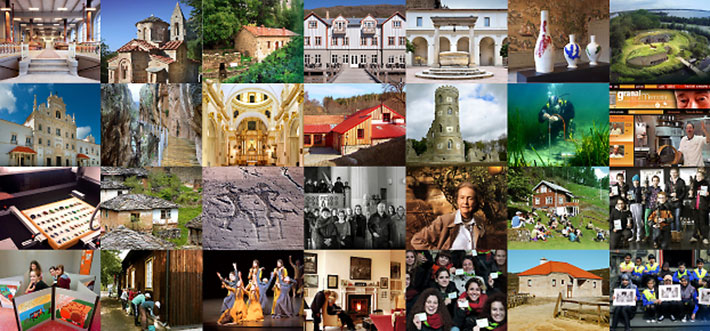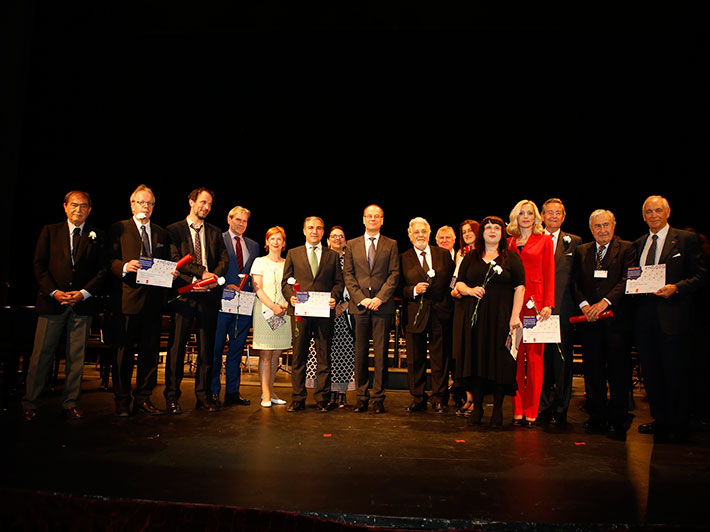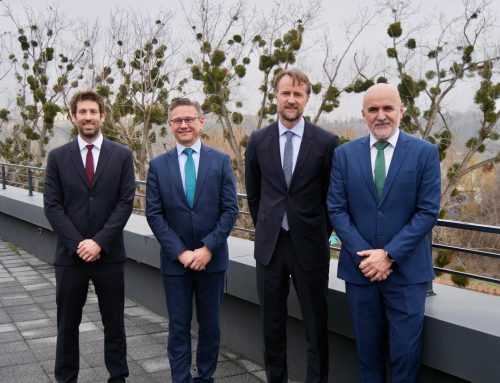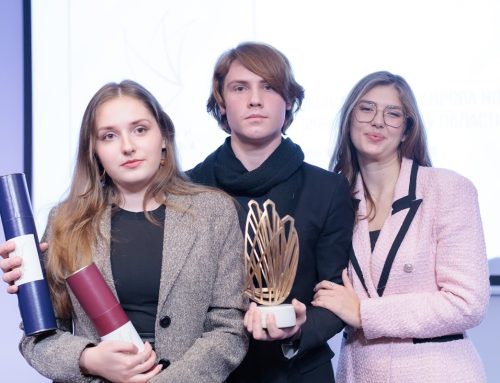Among the projects awarded with the prestigious European Union award and Europa Nostra for Heritage 2016, the most prestigious Europan award dedicated to heritage domain, a study for conservation of village Gostusa, near Pirot, was awarded in the category “Research”.
In Zarzuele theater in Madrid, maestro Placido Domingo, chairman of Europea Nostra, the leading orgranisation in the field of heritage in Europe, and Tibor Navracsics, European Commissioner for Education, Culture, Youth and Sport, co-hosted the European Heritage Awards Ceremony and presented the 7 Grand Prix and the Public Choice Award, chosen from among the 28 winning projects of this year.
Among 7 Grand Prix laureates, selected by independent expert juries and entitled to receive 10,000 euros each, are, beside the award for the Conservation study of the village Gostusa, Traditional watermill in Agios Germanos in Greece, the King’s Little Pathway in El Chorro gorge in Spain, Wimpole Hall’s Gothic Tower in Wimpole, United Kingdom, honoured in “Conservation” category. In category “Dedicated Service”, employees and activists of the National Museum of Bosnia and Herzegovina in Sarajevo, Bosnia were awarded, as well as Giulia Maria Crespi from Italy. The winner in the category “Education, Training and Awareness-Raising” was the project “Adopt a Monument” from Finland.
The rehabilitation of The King’s Little Pathway is a double winner this year: the expert jury granted it a Grand
Prix while European citizens selected it as their favourite heritage project in Europe with some 8,000 voting online for it to be given Public Choice Award. The online vote, which is in its fifth edition, was conducted via the Europa Nostra website.
During the ceremony, the EU Prize for Cultural Heritage / Europa Nostra Awards were presented to 28 winners from 16 countries taking part in the EU’s Creative Europe programme. An award was also given to a project from Belarus, a European country not taking part in the programme officially.
 “For 14 years now, with the EU Prize for Cultural Heritage / Europa Nostra Awards, we have been celebrating remarkable achievements in our unique tangible and intangible cultural heritage. The quality and diversity of this year’s projects highlight the dedication and the excellent skills of the winners and their teams. Once again the winning projects reveal the positive impact that the heritage sector has on enhancing civic responsibility, social cohesion, sustainable economic growth, regional and local development and also in inspiring creativity and innovation,” said Tibor Navracsics, European Commissioner for Education, Culture, Youth and Sport and declared year 2018 the European Year of Cultural Heritage.
“For 14 years now, with the EU Prize for Cultural Heritage / Europa Nostra Awards, we have been celebrating remarkable achievements in our unique tangible and intangible cultural heritage. The quality and diversity of this year’s projects highlight the dedication and the excellent skills of the winners and their teams. Once again the winning projects reveal the positive impact that the heritage sector has on enhancing civic responsibility, social cohesion, sustainable economic growth, regional and local development and also in inspiring creativity and innovation,” said Tibor Navracsics, European Commissioner for Education, Culture, Youth and Sport and declared year 2018 the European Year of Cultural Heritage.
The event was attended by 1.000 people, including heritage professionals, volunteers and supporters from all over Europe as well as top-level representatives from EU institutions, member states and the host country.
The Awards Ceremony is the main highlight of the European Heritage Congress, organised by Europa Nostra in cooperation with its country representation Hispania Nostra, which has brought hundreds of heritage players from all over Europe to Madrid on 22-27 May.
Conservation study of the village Gostuša in Pirot district,
“The conservation study of endangered vernacular architecture in this small but unique mountain village is a testament to the accomplished work and high standard of conservation which can be achieved with firm commitment in spite of a limited budget. The research for the conservation work was remarkably thorough and was conducted with vision and a clear action plan,” a jury member wrote about the project.
The researchers carried out an architectural survey on each building and produced detailed and comprehensive documentation regarding the architecture and construction techniques used in each individual structure. The study had a compelling educational element with a strong engagement from students in the relevant fields. Coordinators of the project were dedicated to explaining the importance of conservation works to a local community and intended to include villagers into an education about all aspects of the project. The finalisation of the study and realisation of conservationist works have contributed to increased enthusiasm and improvement of village life.
The project is of international importance and has already proven as an example of good practice by being represented at international conferences, which has led to village Gostusa and its natural environment become recognisable. “The aim of the team to give a new lease in life to former public buildings by turning them into cultural centers, which would potentially speed up development of tourism and help revitalisation of the village, shows a valuable aspect of the project,” the jury stressed.
The jury stressed that the “methodology and approach to raising awareness of the village have been extremely well done.” While the protection of the vernacular architecture is apparent, but the study went beyond these material factors in boosting the cultural identity of the area and providing new potential for social and economic growth in this region. The project should be seen as an excellent example of influence made by proper research and conservation.




